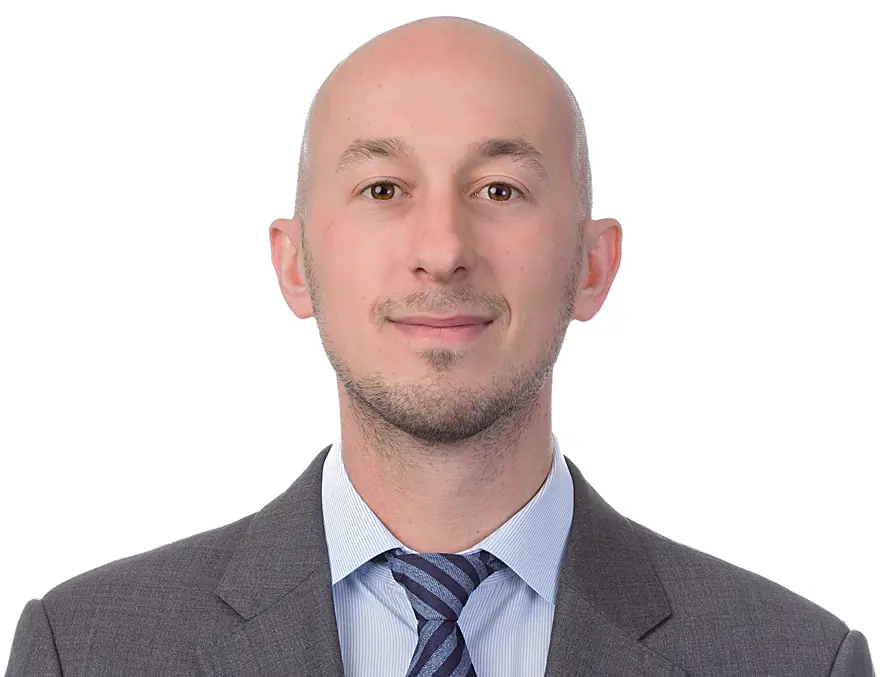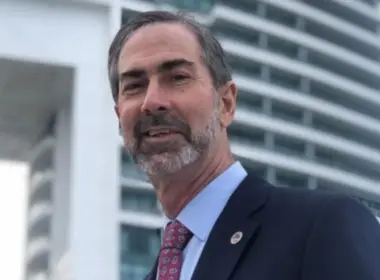Civil society is forging connections across the Pacific, but a strategic vision is needed
By Aaron Rosen
Across the U.S., Asian-Americans make up about seven percent of the total population. In metropolitan areas such as Washington, D.C., New York, Seattle, and San Francisco, those numbers rise to between 12 percent and 30 percent, respectively. In Miami-Dade County, Asian-Americans form less than two percent of the population.

Currently, only Japanese and Taiwanese officials enjoy a full-time diplomatic presence in Miami. Some Asian states, like South Korea and Singapore, have designated notable Miamians as Honorary Consuls. Others, like India and China – which together have roughly 40 percent of the global population – have no representation here whatsoever.
Why does this matter? Without these professional diplomats in our community, Miamians miss out on cultural, economic, political, and academic ties to the Pacific, enjoyed by our peers in other leading U.S. cities.
Luckily, Miami’s civil society is building bridges. This spring, the newly arrived Ambassador of Thailand visited Miami to learn about our community and explore opportunities for engagement. Florida International University’s Jack D. Gordon Institute for Public Policy and the World Affairs Council of Miami organized an information exchange between community representatives and the visiting ambassador on trade, security, and the geopolitics of Southeast Asia. Through the visit, the ambassador was able to learn about Miami’s current boom and explore how Thailand could connect.
The exchange with the ambassador was supported by Miami-Dade County’s Asian American Advisory Board (AAAB), which recently celebrated 25 years of advising local leaders on Asia-related matters. The AAAB also promotes the annual Asian Culture Festival, Miami’s largest reoccurring gathering showcasing pan-Asian culture.
A stronger relationship with Japan is also beginning to blossom. The Japan-America Society recently inaugurated a Miami/South Florida chapter, not long after notable Miamians, including Mayor Levine Cava, gathered at the residence of the Japanese Consul General to call for deeper engagement. One action item was a permanent aviation link between Miami and Tokyo. Notably, a Japan Airlines flight made history this spring as the first ever to fly non-stop between Asia and South Florida.
Also of note is Taiwan. Its diplomats enjoy a welcome in anti-communist Miami, not to mention strong support in Tallahassee, where, in May, the Florida House
of Representatives passed a resolution commemorating the 31st anniversary of sister-state relations. A few weeks earlier, I was invited to join a U.S. delegation to Taiwan. Together with a bipartisan group of U.S. legislators, civil society leaders, and city officials from across the country, I learned how cities and states from across America are developing ties with one of the world’s most advanced and strategically critical economies.
These civil society-led meetings, festivals, cultural associations, and delegations are critical for advancing people-to-people ties. But to fully engage Asia, Miami needs a comprehensive, strategic vision – something like the way the community worked to cultivate a booming tech sector where, a few short years ago, hardly any existed.
Whether in relation to mass transit, climate resilience, urban planning, or workforce training, Miamians are hungry for new ideas. Seoul and Tokyo are home to some of the world’s most efficient public transport systems. South and Southeast Asia are on the frontlines in the battle against sea level rise. Singapore has mastered the integration of green and recreational spaces into densely populated living. Taiwanese science parks advance industry and produce dynamic jobs in emerging fields.
Sister-city relationships at the county and city level should be used to explore these and other practices from abroad. In doing so, we develop import-export networks of ideas that enrich not just our community, but those who look to learn from us as well.












